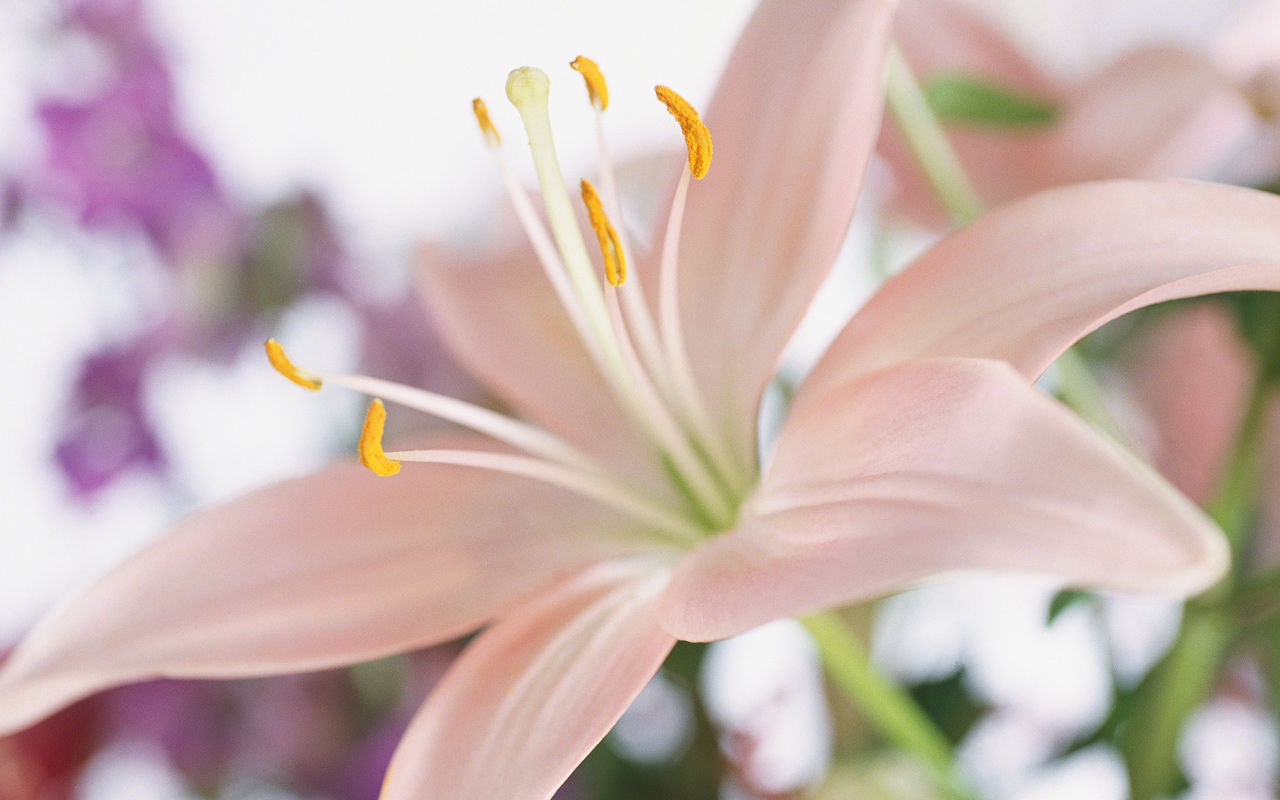
archa orchids
The new beginning...

Watering and feeding
1 Learn how to water your orchids. Orchidaceae are one of the largest families of flowering plants, and as such there are many sub-families, or variations, and they have different watering requirements. What might be parching to one species risks drowning another. Generally, water your orchids every five to twelve days depending on what type of orchid you have, what the temperature is, and the time of year–or more in summer, less in winter. While your nursery adviser or florist will be able to give you specific information, here is a general guide to help you determine the best watering course for your orchids:
-
Keep these varieties evenly moist (not wet) at all times:
-
Paphiopedilum
-
Miltonia
-
Cymbidium
-
Dontoglossum.
-
-
Keep these varieties evenly moist during active growth, but let them dry out between waterings when they are not:
-
Cattleya
-
Oncidium
-
Brassia
-
Dendrobium
-
-
Keep these varieties almost dry between waterings:
-
Phalaenopsis
-
Vanda
-
Ascocenda
-
-
Take care to avoid wetting the leaves when you water your orchids. If they do get wet, gently dry them with a tissue or cotton swab.
2 Maintain the media. Remove the inner pot from the decorative one, place in the sink or in the bathtub. Add orchid food to a watering can or container, and completely water the base. Allow the water to completely drain before replacing it into the decorative pottery planter. Never allow it to sit in water, as it will kill the plant.Note: Epiphytic (branch-growing) orchids are not planted in earth like the terrestrial orchid varieties, but in the shell of a coconut, bark or cork. Or, they can be grown in slatted baskets or on rafts of wood. Their roots grow from the top, and not the bottom as usually found in terrestrial plants.
3 Feed the orchid. In general, once a month is recommended for most fertilizers. Look for fertilizers that contain nitrogen (N), phosphorous (P) and potassium (K), plus trace elements like iron (Fe). Use fertilizer with a higher nitrogen percentage when new shoots are coming out, and fertilizer with more phosphorous and potassium later in the season. Do not overfeed orchids––this can damage them.If you're growing your orchid on bark, use a fertilizer that's significantly higher in nitrogen (in a ratio of 30(N)-10(P)-10(K)). The bacteria in the decomposing bark will consume a lot of nitrogen.Water your orchid thoroughly before feeding.